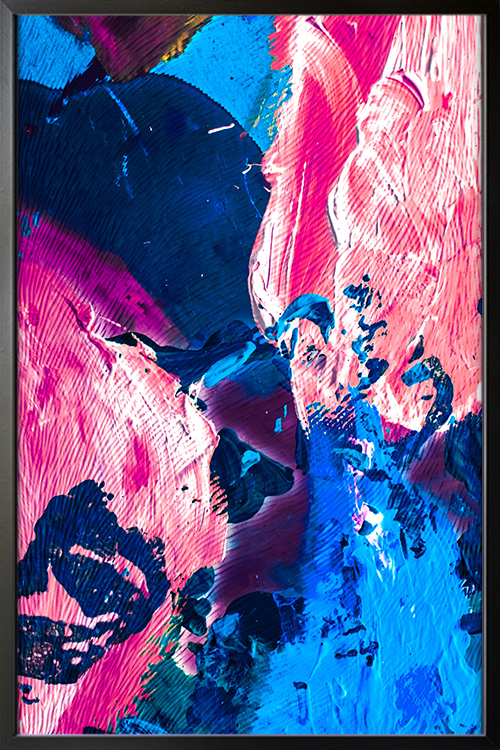
Get ready to add a pop of color to your walls with our Pink and Teal Tango poster print! This vibrant piece showcases a beautiful blend of pink and teal colors that will instantly liven up any room. Whether you’re looking to bring a touch of modern flair to your space or simply want to add a splash of color, this poster is the perfect choice.
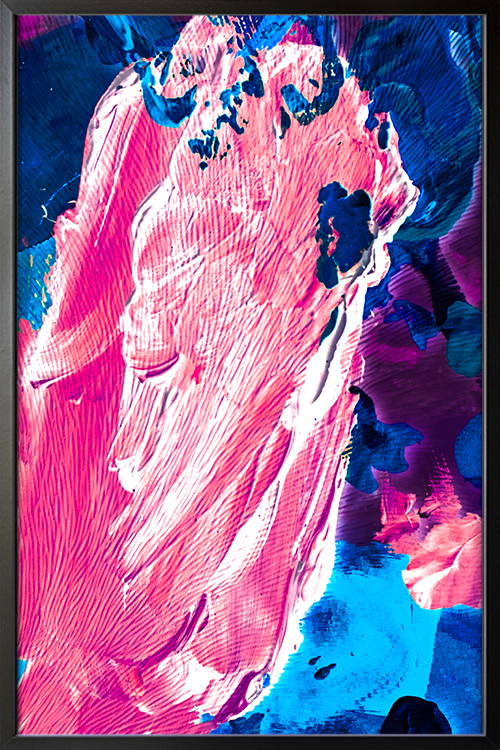
Looking to add a pop of color to your wall? Look no further than our Pink and Teal Tango poster print! This vibrant piece showcases a beautiful blend of pink and teal colors that will brighten any room. The bold and energetic combination of pink and teal will add a modern and trendy vibe to your decor.
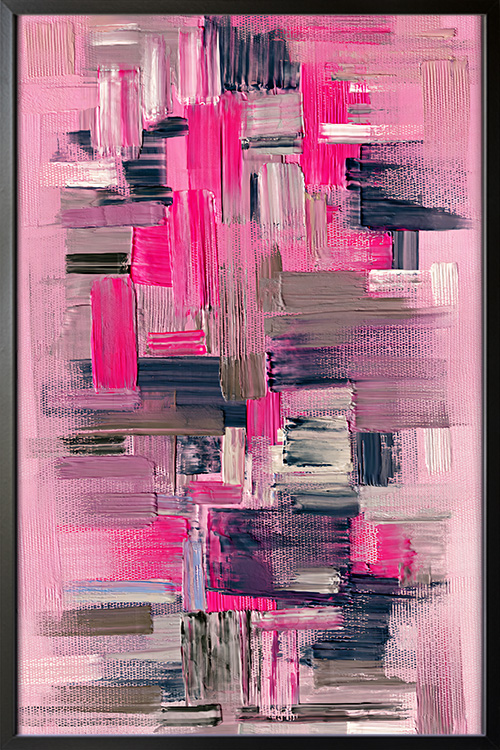
This stunning piece features a beautiful painting showcasing a blend of various pink hues and splashes of other vibrant colors. This poster will do the trick if you want to brighten up your bedroom, add a touch of whimsy to your office, or simply inject some color into your living room. With its dreamy and artistic vibe, Pink Dusk is the perfect addition to any room needing a little extra flair.
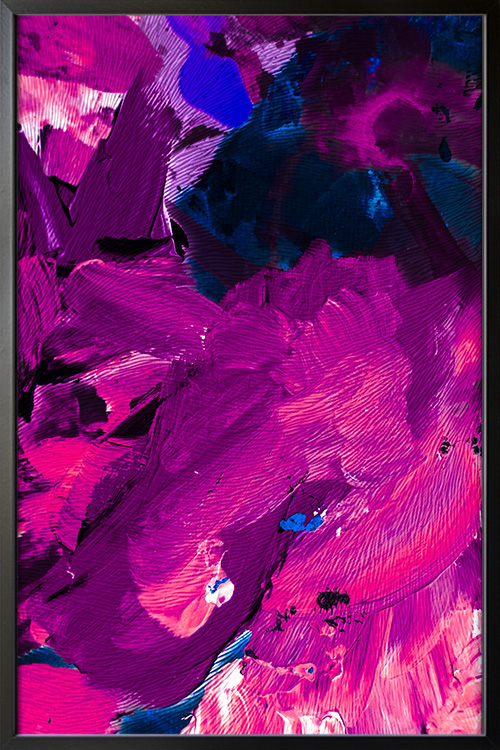
This beautifully vibrant piece features a range of purple hues that will instantly liven up any room. This poster print will do the trick if you want to add sophistication or personality to your decor. With its rich, deep tones and captivating design, our Purple Passion poster print perfectly showcases your love of all things purple.
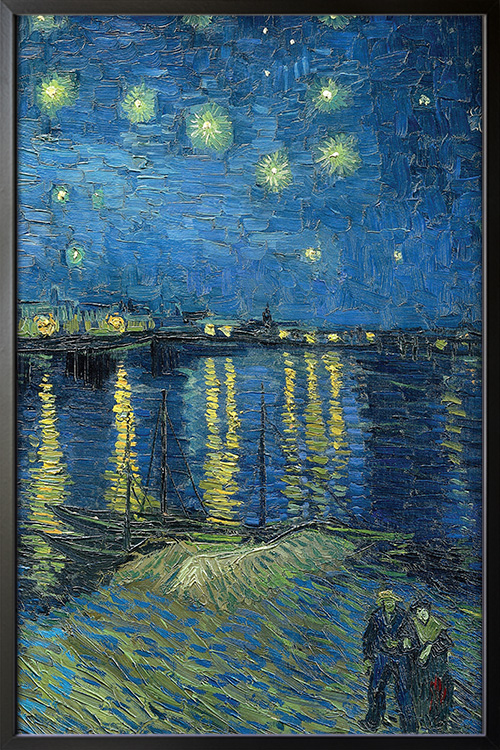
Introducing Rhone’s Starlight Serenade No. 2 – a stunning print that captures the essence of Van Gogh’s iconic painting. This piece will bring a touch of artistic flair to any space, whether it’s hung in a living room, bedroom, or home office. This print’s vibrant colors and intricate details will mesmerize anyone who looks at it, just like the original masterpiece does.
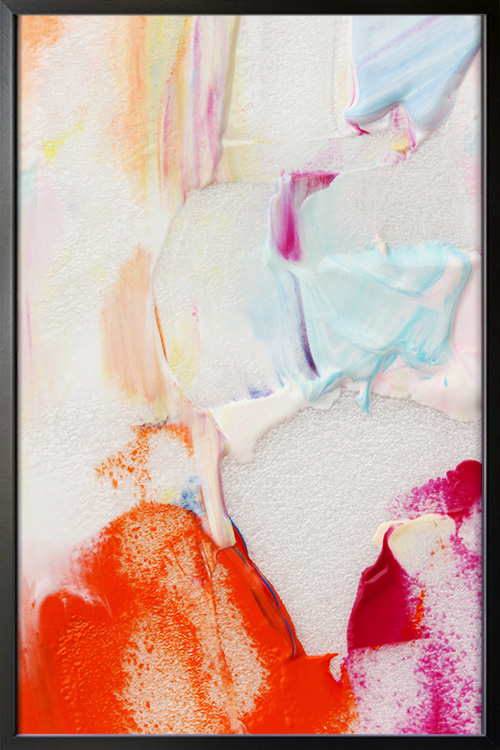
Get ready to add a pop of color to your space with “Sunrise Hues”! This vibrant art print features a dazzling array of bright colors, capturing the beauty of a sunrise in a unique and modern way. Perfect for adding a touch of warmth and personality to any room, this print will instantly liven up your walls and bring a cheerful vibe to your home.
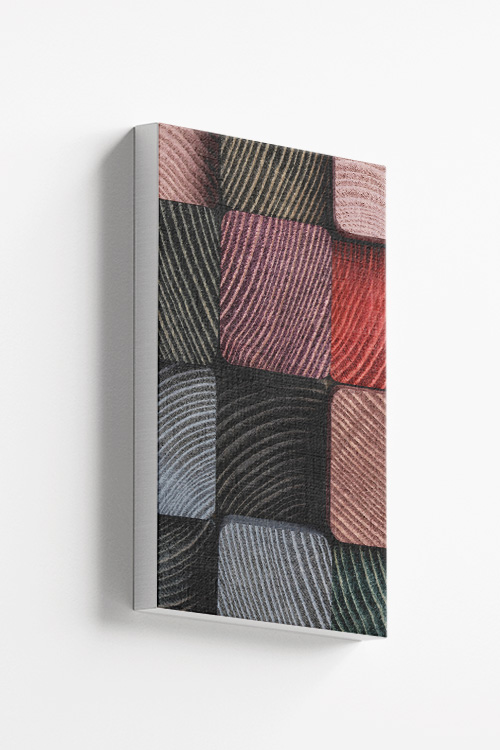
Welcome to the world of Timber Tones! Imagine a vibrant collection of textured blocks in a myriad of colors and earthy tones, beautifully captured in a stunning canvas print. Each block exudes a unique charm and character, showcasing the natural beauty of different woods and textures. Hang this poster in your home or office for rustic elegance and a pop of color.
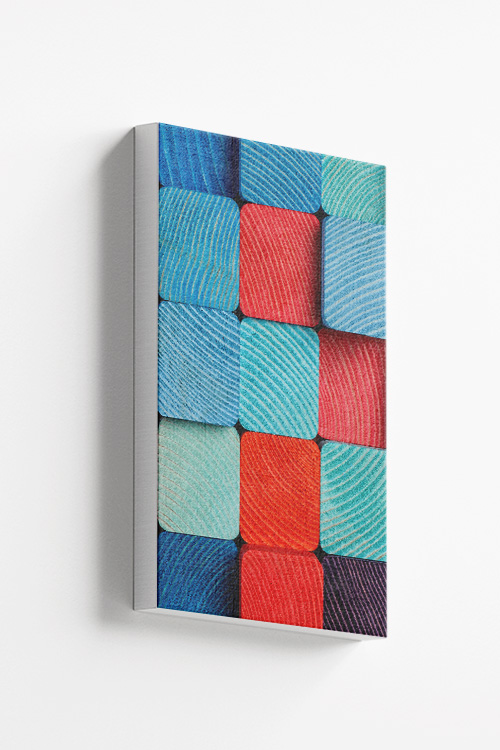
Transform your space with our Wooden Waves canvas print featuring textured blocks in various colors. This vibrant and eye-catching design will add color to any room in your home. Bring the beauty of nature indoors with this unique and artistic piece that is perfect for any art lover looking to make a statement.
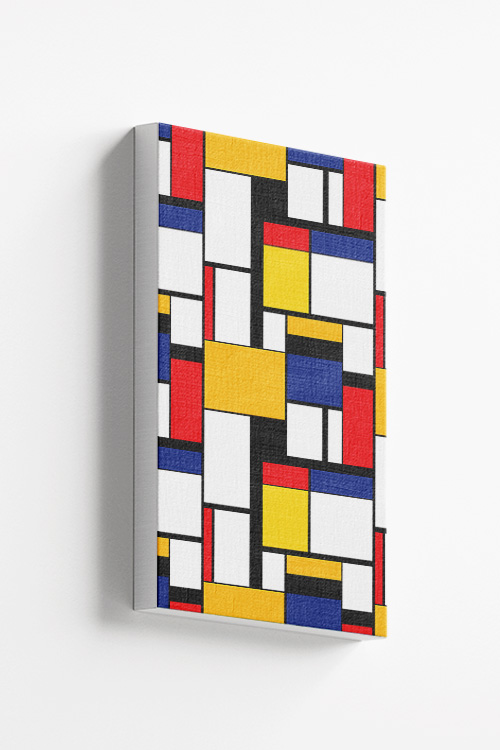
Looking to add a pop of color and a touch of nostalgia to your space? Look no further than our Color Tetris canvas print! This eye-catching design features a medley of rectangle shapes in various vibrant hues stacked together to create a playful and dynamic visual. Perfect for those who appreciate a retro vibe with a modern twist, this poster will liven up any room with its fun and bold aesthetic.
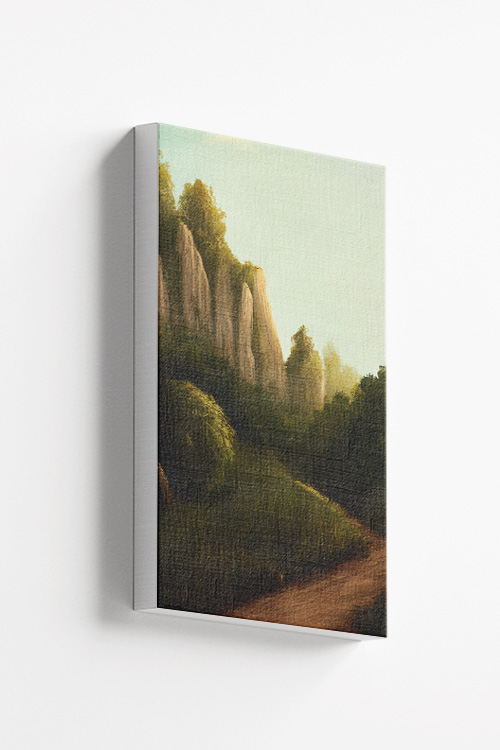
Stroll through the mystical Secret Valley Trail with this beautiful art print, capturing the pathway’s lush greenery and serene atmosphere. Let your imagination wander as you follow the trail through vibrant foliage as if entering a hidden world of tranquility and wonder. This print is perfect for adding a touch of nature-inspired charm to any room in your home, bringing fresh air and a sense of peace to your space.














